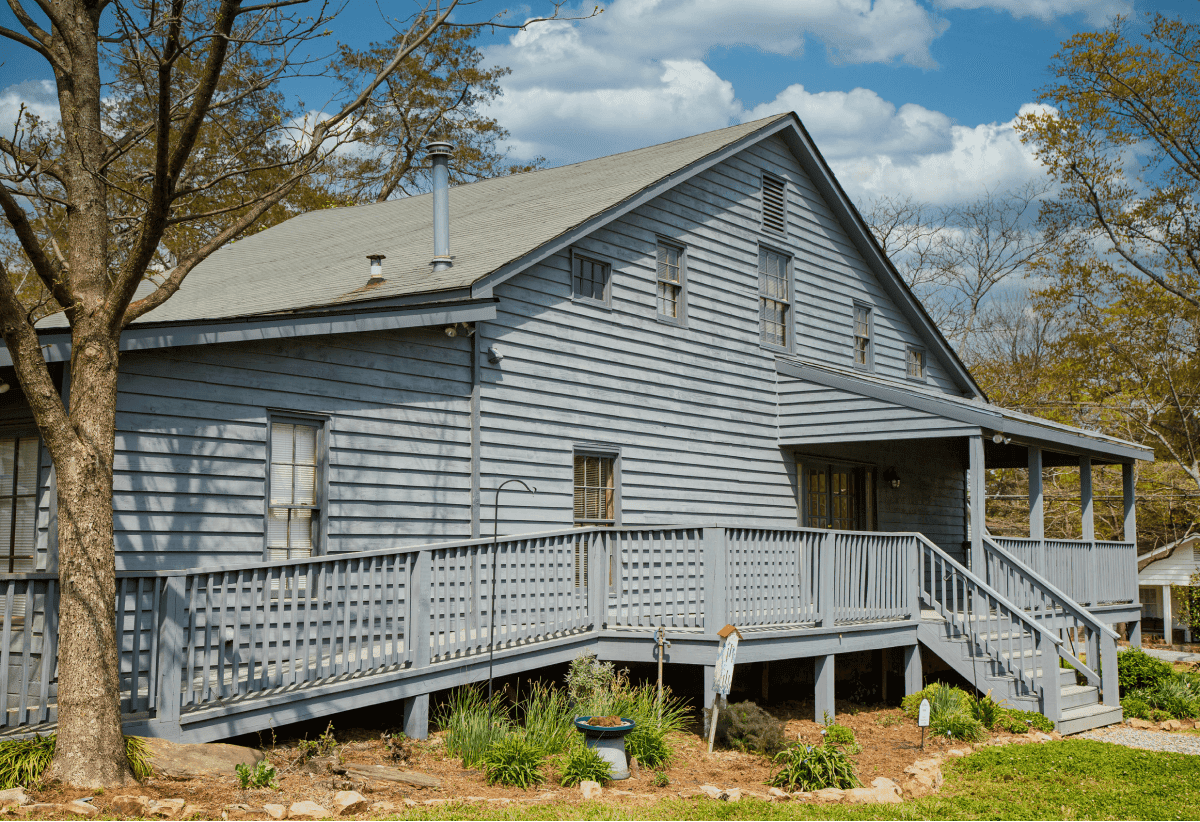
House hunting is a daunting task. Finding the right house with the right features in the right location is a challenge. For folks with disabilities, the challenge is exponentially larger. Finding a home with all those qualities AND that is fully accessible can seem like an impossible task. Luckily, it is becoming easier to find homes that can accommodate folks with varying degrees of abilities. If you’re on the hunt for an accessible home, here are some things to look for:
Fully accessible homes often come with the universal design descriptor. Universal designs are intended to be understood and accessed by the broadest possible range of people. Features of homes that use universal design principles include the following:
In addition to looking for these universal design features, it’s also helpful to ask the following questions:
While you might not find a house that has everything you want or need to accommodate your mobility challenges, keep in mind that renovations are also possible. Many of the items listed above, such as ramps and grab bars, can be added post-purchase. Widening halls and doors is a more difficult task. Keeping the following in mind will help as you look at homes through a renovation lens:

Making your home universally accessible is a sound investment. Thousands of people, including aging seniors, look for homes every year that include the kinds of accommodations discussed in this article. You’ll have no trouble locating a buyer who will appreciate the modifications you make to increase the functionality of your home.
At Southern Mobility Solutions, we carry a wide range of products designed to help people of all abilities live at home safely, comfortably, and independently. Our selection includes everything from residential elevators to wheelchair ramps for vans and everything in between. Call us today to learn how we can help you.